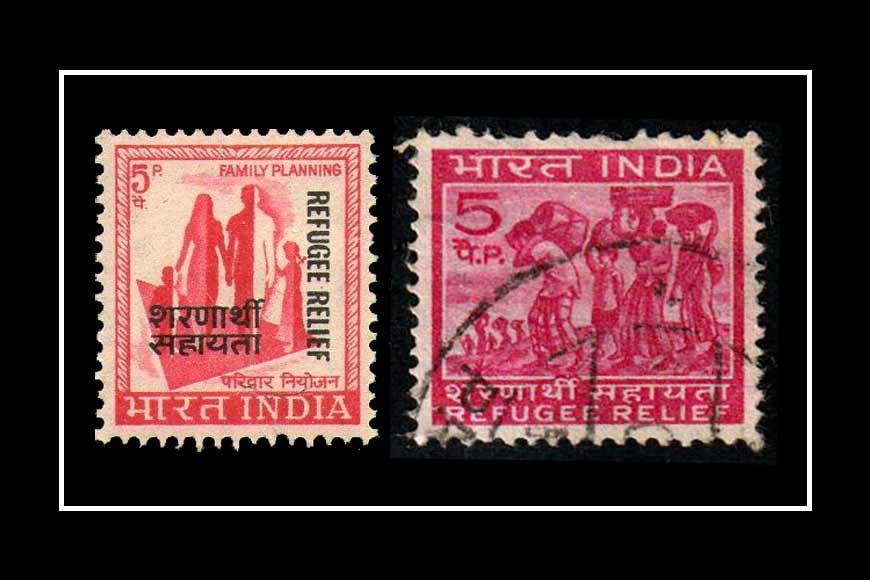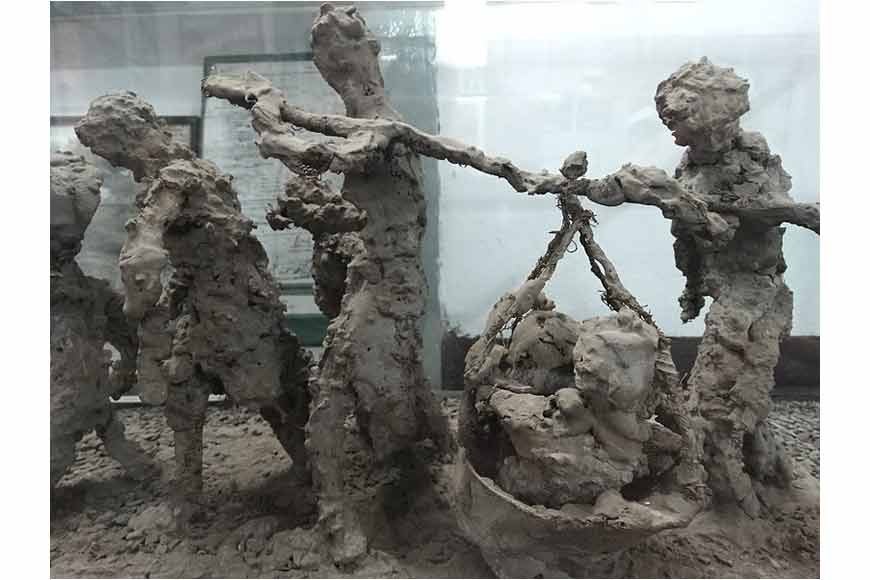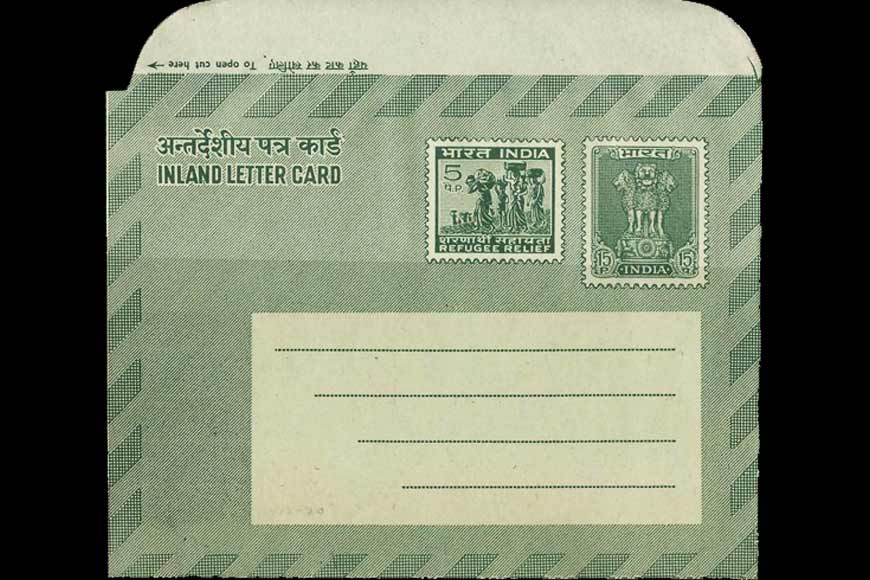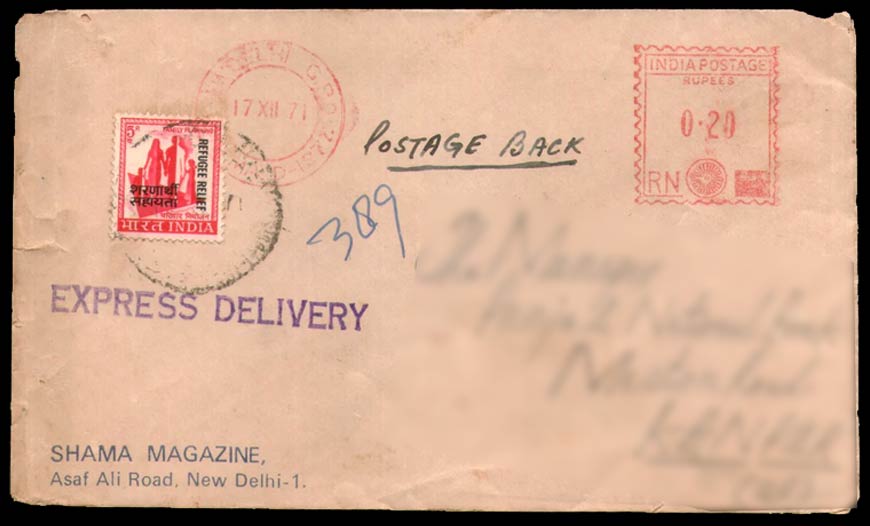When India issued a special postal levy for Bengali refugees - GetBengal story

On December 4, 2000, the United Nations General Assembly adopted a resolution to acknowledge that from 2001 onward, June 20 would be observed as World Refugee Day every year. The year was significant, since it marked the 50th anniversary of the 1951 Convention relating to the Status of Refugees, meant to honour, raise awareness about, and solicit support for refugees around the globe.
When it comes to post-Independence India, there is not much doubt about which two states have taken in the largest influx of refugees in the past eight decades – Punjab and West Bengal in the years immediately following Partition in 1947, and West Bengal again before and after the Bangladesh Liberation War of 1971. Which is when the government took a unique step to counter the massive problem, which we will come to shortly.
 Sculpture of Refugees from 1971 Genocide - Liberation War Museum - Dhaka - Bangladesh
Sculpture of Refugees from 1971 Genocide - Liberation War Museum - Dhaka - Bangladesh
Beginning April 1971, on account of repressive measures undertaken by Pakistani military rulers in erstwhile East Pakistan (soon to become Bangladesh), refugees began pouring into Indian border states. By October 1971, their number had risen to nearly 10 million.
Not only was accommodation a problem, the huge influx also required huge funds for relief and rehabilitation. When all international assistance received toward the relief of these hapless refugees was found to be grossly inadequate, the Government of India imposed a special levy of 5 paise with effect from November 15, 1971. The tax was to be paid on all postal articles, including money orders and telegrams.
Postcards, registered newspapers, literature for the blind, and articles posted in the states of Jammu & Kashmir were, however, exempted from the purview of the tax.

Never before or after has such a levy been imposed for any other groups of refugees in India, including the Tibetan refugees fleeing Chinese oppression, or the Tamils escaping civil war in Sri Lanka, or Rohingya refugees trying to flee from the brutal military regime in Myanmar.
The special feature of the levy (tax) on postal articles was that the whole of the amount collected through refugee relief stamps went toward replenishment of the refugee relief fund, and no part of it was appropriated by the Post & Telegraph department.
These refugee relief stamps, the first of their kind introduced in India were not, however, charity stamps. Charity stamps are normally issued in foreign countries to raise funds for a national cause when postal authorities join hands with philanthropic organisations such as the Red Cross. Money collected by selling charity stamps is generally shared between the postal department and the organisations for whom these semi-postal stamps were issued and sold.

According to its website, the United Nations defines a refugee as one who, “owing to well-founded fear of being persecuted for reasons of race, religion, nationality, membership of a particular social group or political opinion, is outside the country of his nationality and is unable or, owing to such fear, is unwilling to avail himself of the protection of that country; or who, not having a nationality and being outside the country of his former habitual residence, is unable or, owing to such fear, is unwilling to return to it”.
As per the international humanitarian organisation Concern Worldwide, the global refugee crisis has more than doubled in scope in the past decade. In 2022, the UN High Commission for Refugees released data to show that over 100 million people, or 1.2 percent of the global population, have been forced to leave their homes, including over 30 million refugees. As of mid-2023, that also includes 30.51 million refugees.
Sekhar Chakrabarti is an internationally known vexillologist, philatelist, and collector.
With inputs from Yajnaseni Chakraborty









